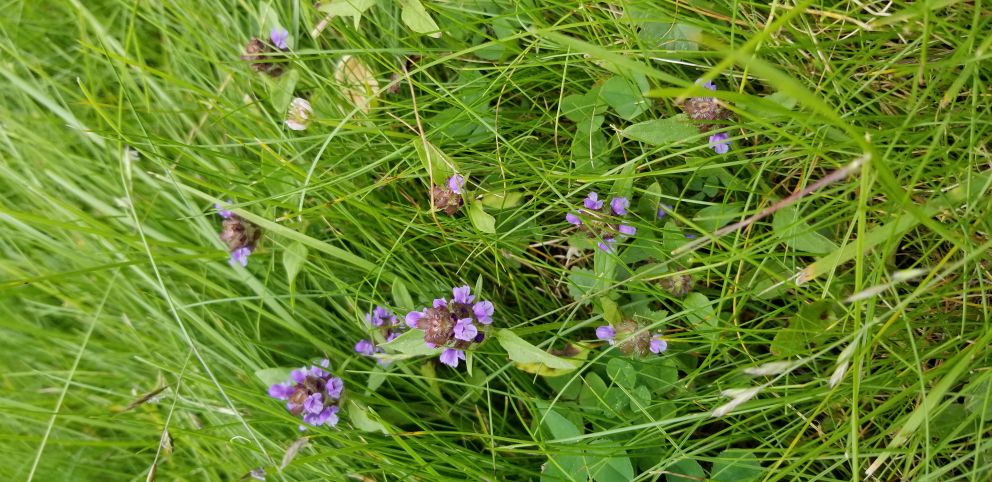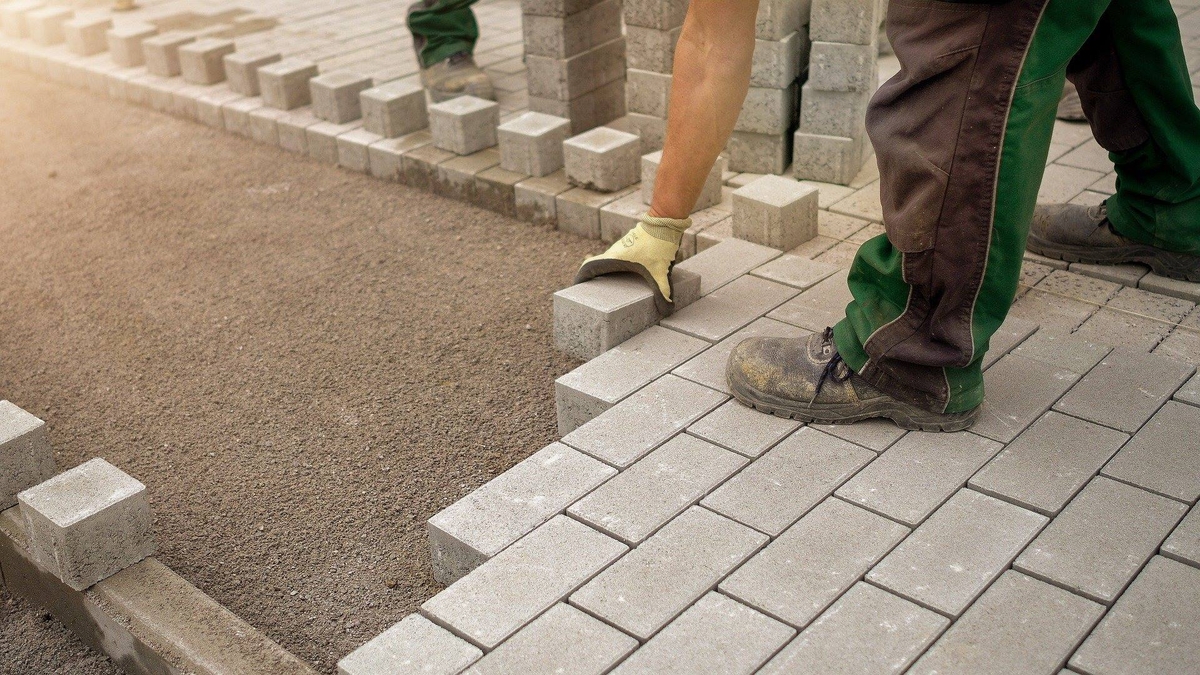There are at least two different seed mixes being reputably marketed for bee lawns. The white clover based bee lawn seed mix is what we use most of while we also use the native bee lawn seed mix for special applications. The scientific literature shows that the white clover based mix feeds more bees than the native bee lawn mix does. Another reason the white clover based bee lawn seed mix works well is that it forms a nearly impenetrable sod. We want our lawns to be highly tolerant of drought and traffic, and strong enough to keep most weeds out and we want our bee lawns to go above and beyond this standard to provide nectar for as many bees as possible at the same time. The clover based bee lawn seed mix accomplishes exactly that. I have never encountered a more drought and traffic resistant turf in all my time as a landscaper. The white clover bee lawn is so strong, marketable, and easy to use, I believe it has the potential to significantly disrupt lawn care markets in several areas of the country. Minnesota is the bee lawn capitol of the country. Not only does James Wolfin, the scientist who introduced bee lawns to scientific literature call MN his home state, but the state itself is a promoter of bee lawns, giving away hundreds of thousands of dollars to residents to start their own bee lawns in the Lawns to Legumes program hosted and funded by state agencies.
INTERVIEW WITH JAMES WOLFIN:
- Where did you come up with the idea for bee lawns? What was your inspiration?
“The idea for bee lawns originated with my MS advisor Dr. Marla Spivak. Marla was on a bike ride to work at the bee lab, passing by all the turfgrass stands when she thought to herself “could we be doing better with this land for pollinators?”. From there, she brought the idea of enhancing lawns for pollinators over to the University’s turf lab PI – Dr. Eric Watkins. From there, the two brainstormed and came up with the idea for bee lawns – turfgrass stands interseeded with low-growing flowers specifically selected to provide high-quality forage for pollinators. A student before me, Ian Lane (now Dr. Lane) assessed which grasses and flowers could be used to create a bee lawn. I came in after to describe the bee communities observed on bee lawns.” - Why are so many people converting to bee lawns? Why is it so popular?
“In my opinion, the main reason people are converting to bee lawns is accessibility. Bee lawns are low-cost, and they allow one to maintain the typical aesthetic and function associated with a turfgrass lawn. While ditching the lawn for a native prairie would be the best option for pollinators, it simply is not practical for most folks. Prairie installs are expensive and require a fair bit of work. Furthermore, converting one’s lawn to a native prairie planting removes the potential for recreation. Bee lawns are a nice middle ground between what bees need from a landscape and what humans desire from a landscape.” - Are there any other bee lawn plants aside from the two basic seed blends that you would add if money were no object? Are there any “enhancement” plants for bee lawns?
“Right now we use five different forbs across all of our bee lawn mixes – Dutch white clover, self-heal, creeping thyme, yaak yarrow, and blue-eyed grass. If money were no object there would be many more flowers I’d want to include. The first that come to mind are wild petunia, wild violet, and [prairie] pussytoes.”
Clover Bee Lawn:
- 23.5% Boreal Creeping Red Fescue
- 23% Intrigue Chewings Fescue
- 23% Gladiator GT Hard Fescue
- 23% Blue Mesa Sheep Fescue
- 4.5% White Dutch Clover
- 2.7% Self Heal
- 0.3% Creeping Thyme
Dutch white clover is the predominate plant in this bee lawn mix. While only around 4-5% of most seed mixes, the clover will come up and dominate during the first year of a rapid transition, and over the course of several years using moderate transition methods. In shadier areas, the grass will dominate. Self-heal takes a few years to establish while thyme will thrive in sunny bee lawn areas from the start.
Clover bee lawn is the strongest turf I’ve ever encountered. Drought resistant, walkable, and never needs fertilizing. Clover roots grow along with a beneficial bacteria that sequesters nitrogen out of the air and stores it in the ground where plants can access it over time.
Clover bee lawn makes a strong cover crop for fallow veggie gardens. As a “living mulch” clover bee lawn is a real performer. Drought tolerant, walkable, and it adds nitrogen to the soil for trees and shrubs to use as natural fertilizer. Clover bee lawn feeds more bees than any other bee lawn mix and it makes a perfect “soft-landing” for caterpillars falling out of trees to burrow in the soil.
Native Bee Lawn:
- 23.25% Celestial Creeping Red Fescue
- 23.25% Enchantment Chewings Fescue
- 23.25% Big Horn GT Hard Fescue
- 23.25% Blue Mesa Sheep Fescue
- 3% Self Heal
- 1% Yaak yarrow
- 3% Blue-eyed grass
Native bee lawn is a slightly less “wild” looking bee lawn than the clover based bee lawn mix. Grasses predominate this bee lawn mix after establishment. Self-heal, yarrow, and blue-eyed grass show up in little spots throughout the bee lawn. Yarrow spreads well after establishment.
I use the native bee lawn seed mix as a living mulch in and around new native plant gardens. Prairie meadows, woodlands, and rain gardens are all enhanced by having this mix sprout to form an understory beneath taller perennials.
Will I get stung if I plant a bee lawn? One of my favorite questions, because I’ve been asking for years and haven’t had a single bee-lawn client inform me of a sting from their active, abundant bee lawns. Bees on their best behavior at the bee lawn buffet.











